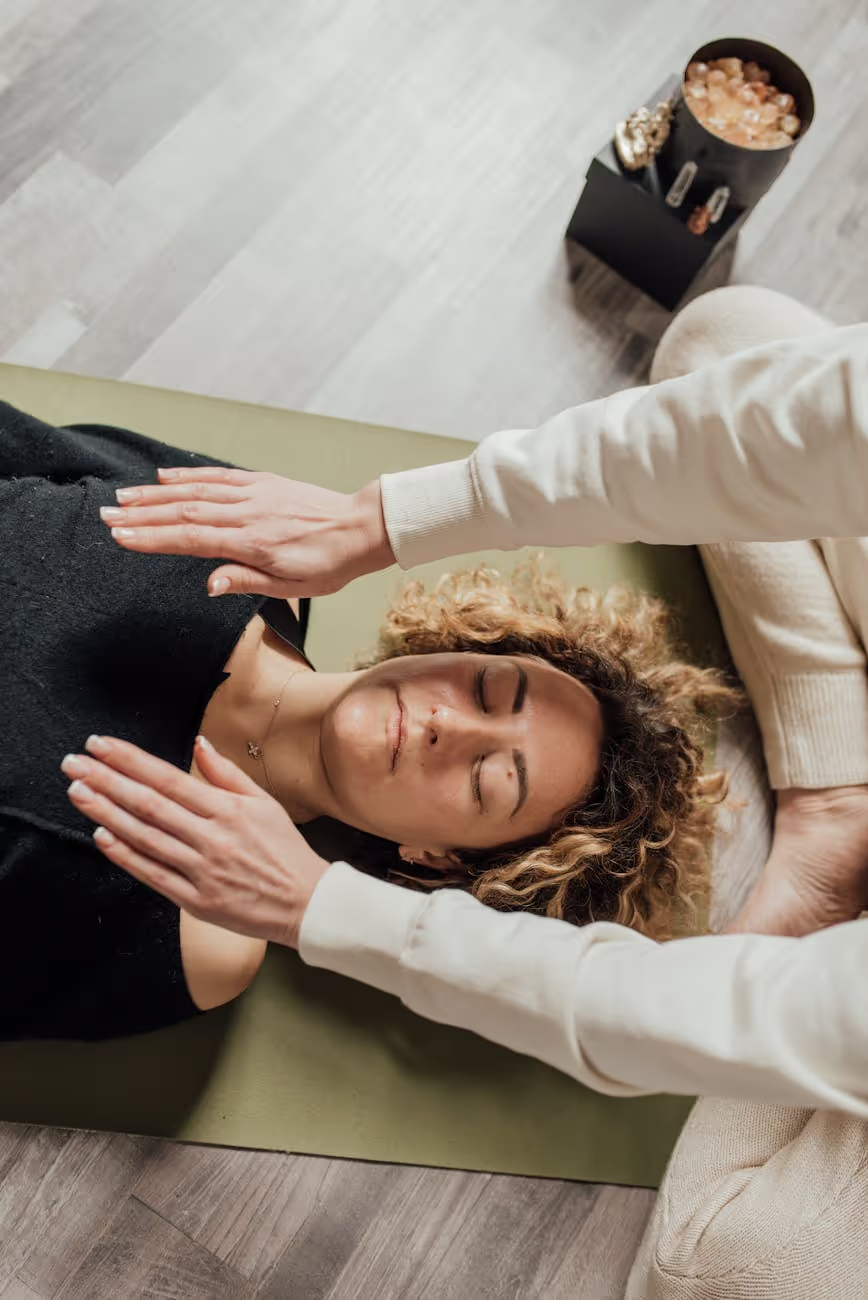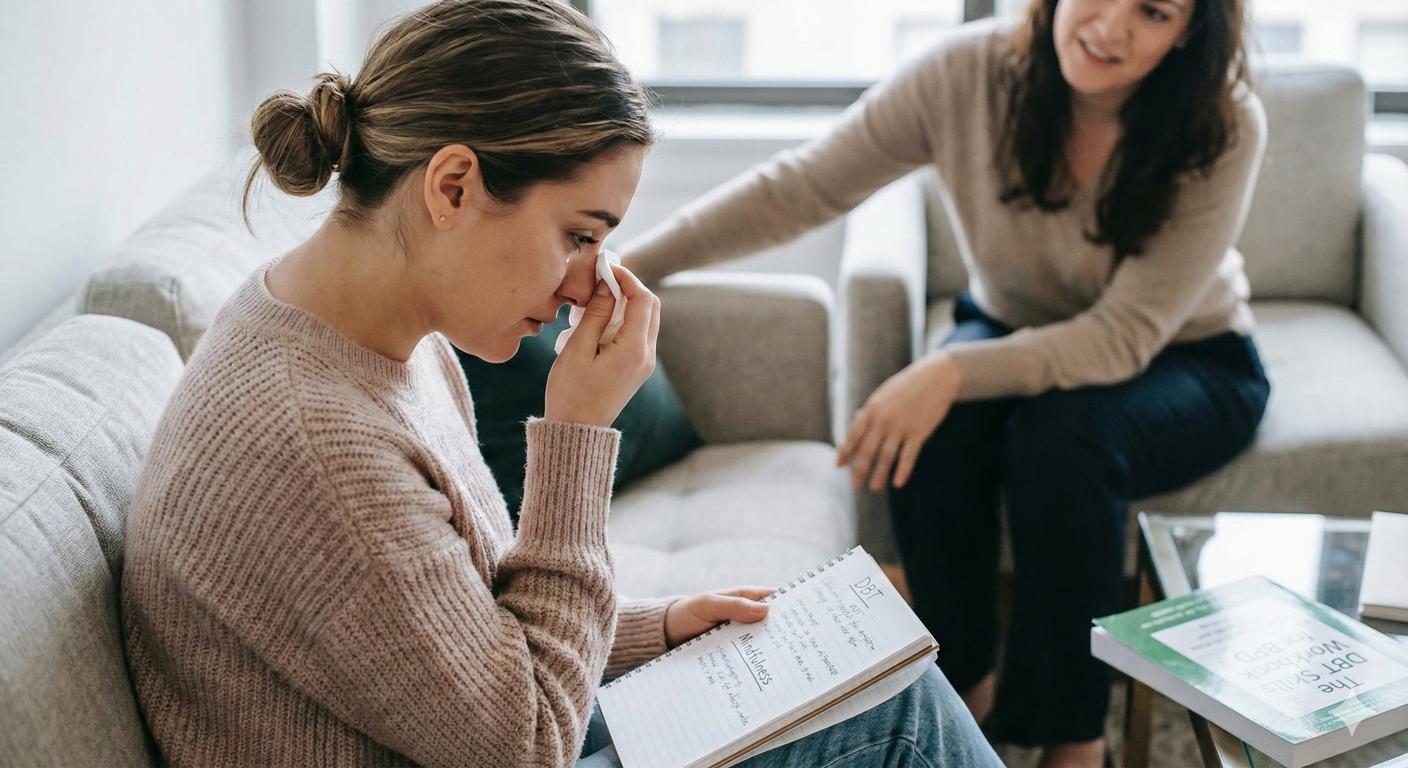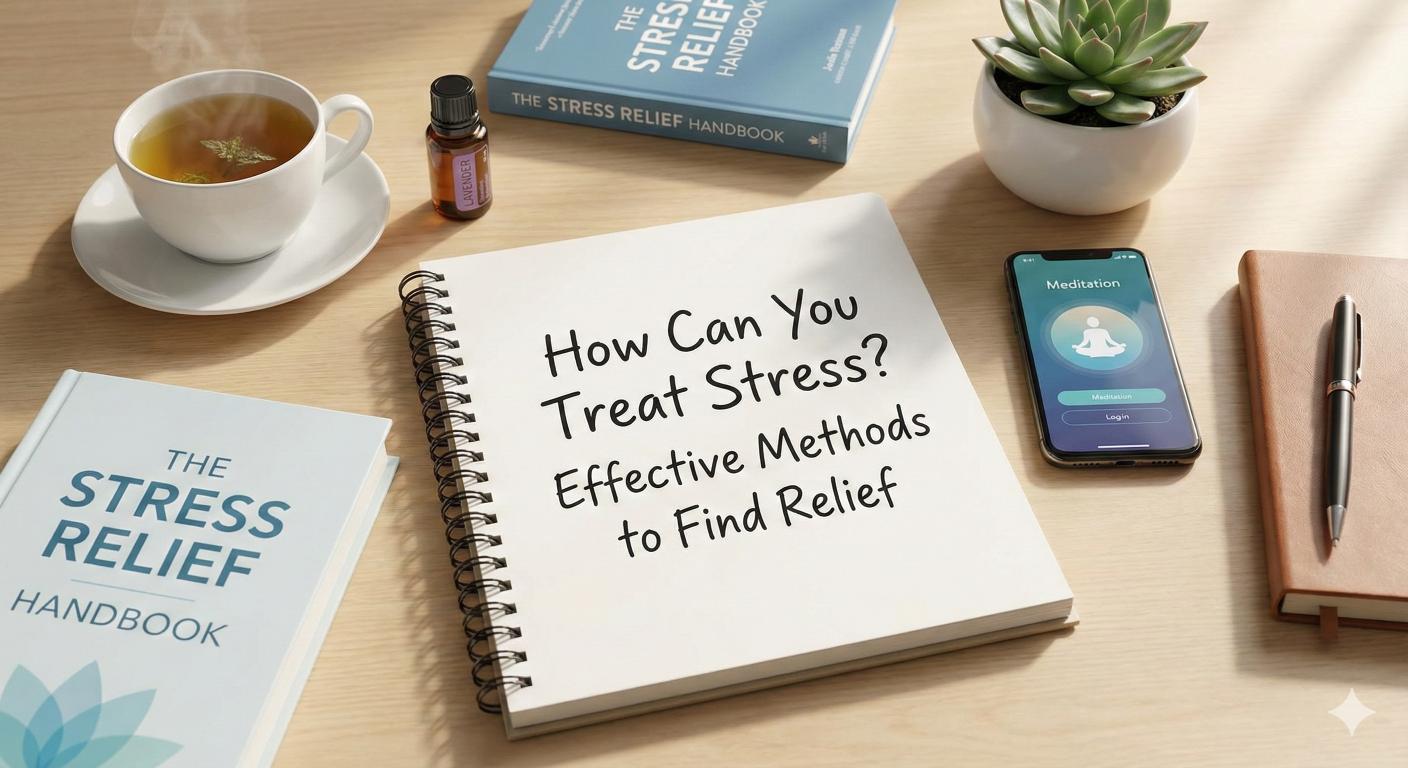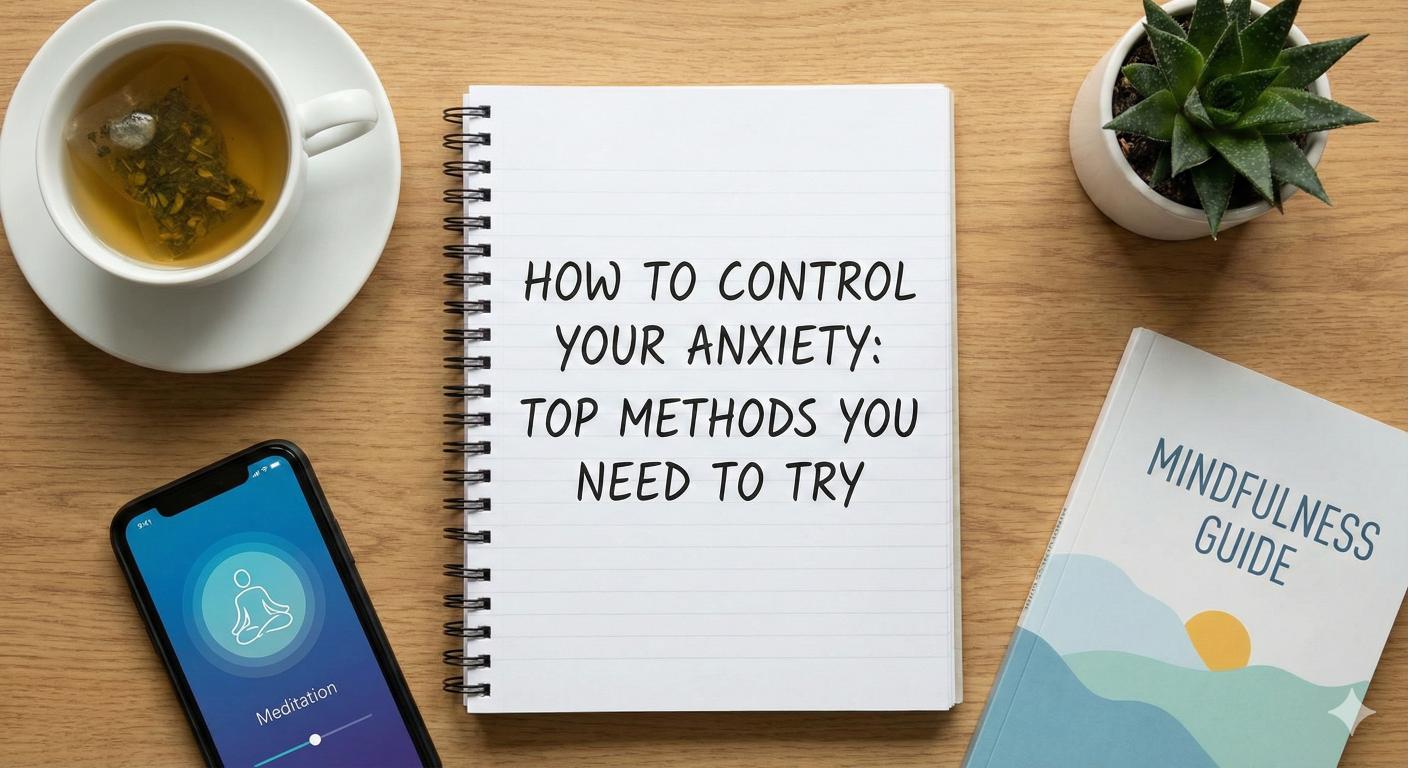Unlocking Grounding Techniques for Connection
Discover grounding techniques to stay present and enhance your connection in challenging moments.

Understanding Grounding Techniques
Grounding techniques are valuable skills designed to help individuals manage anxiety and maintain presence amid stressors. They serve as practical methods to navigate distressing moments, enhancing emotional resilience and mindfulness.

Importance of Grounding Methods
Grounding techniques are crucial not only for individuals managing anxiety but also for professionals such as assessors in behavioral health. These methods can diffuse escalating situations and calm triggered clients, allowing for a more effective assessment process [1]. By practicing grounding, individuals can foster a state of mindfulness, which lessens the impact of distractions or stressors.
Grounding techniques are fundamentally linked to mindfulness practices. They serve as a direct approach to achieving mindfulness, which promotes being fully present. This technique can be particularly beneficial for those experiencing extreme trauma or stress, as it helps redirect attention and mitigate the sensation of dissociation [2].
Application of Grounding Techniques
Grounding techniques can be applied in various settings, including everyday situations and moments of heightened anxiety. These strategies involve deliberately focusing on the present moment, which can be accomplished through techniques such as breath awareness or engaging with external stimuli.
To effectively implement grounding techniques, individuals can adopt practices that involve intentional direction of attention. For example, focusing solely on breathing or performing a body scan allows individuals to reconnect with their physical selves [2]. Moreover, grounding can be practiced during mindfulness activities lasting approximately 10-30 minutes, contributing to a calmer state of being.
Grounding TechniqueDescriptionBreath AwarenessFocusing solely on the rhythm of breathingBody ScanMentally scanning through the body and noticing sensationsEngaging SensesNoticing what can be seen, heard, felt, or smelled
Understanding and applying these grounding techniques can significantly enhance one's ability to stay present, thereby alleviating anxiety and promoting emotional stability. For more methods on managing anxiety, consider exploring breathing exercises to control anxiety and mindful movement practices for easing anxiety.

Physical Grounding Techniques
Physical grounding techniques are essential strategies for individuals seeking to manage anxiety and stay present. These techniques utilize sensory engagement to redirect attention and foster a sense of calm. Two prominent methods in this category include utilizing the five senses and engaging with tangible objects.
Utilizing the Five Senses
The five senses grounding technique is a mindfulness exercise that helps individuals become more aware of their surroundings, which can reduce feelings of anxiety or stress. This technique involves focusing on what each sense—sight, sound, touch, smell, and taste—can pick up in any given moment, allowing one to reconnect with the present.
Here’s a simple framework to effectively utilize the five senses:
SenseActivityExampleSightObserve the environmentNotice the colors and shapes around you.SoundListen carefullyIdentify five distinct sounds in your surroundings.TouchEngage with texturesFeel the fabric of your clothing or the ground beneath your feet.SmellInhale deeplyNotice the scents in the air, such as coffee or grass.TasteSavor a small biteFocus on the flavors of food or drink, like chocolate or tea.
Practicing this technique can enhance emotional regulation and offer a tangible method to cultivate present-moment awareness.
Engaging with Tangible Objects
Another effective physical grounding technique involves engaging with tangible objects. This can include handling objects that provide comfort or texture, which helps anchor attention to the present moment. For example, holding a small rock, a stress ball, or even a piece of fabric can foster a connection to the physical world, alleviating anxiety by shifting focus away from distressing thoughts.
Physical grounding exercises, such as putting hands in water or doing a body scan, also contribute to coping with distressing feelings. Engaging fully with the senses plays a significant role in regaining composure during stressful situations. These grounding techniques direct attention towards a physical experience, which is effective in managing anxiety and panic attacks. They help individuals redirect their attention away from triggering thoughts towards a 'safer' space where they can react more meaningfully [2].
Incorporating these physical grounding techniques into daily life allows individuals to develop skills that enhance their ability to manage anxiety and stay present, contributing to emotional well-being. For further insights on managing anxiety, explore resources on breathing exercises to control anxiety and guided imagery for anxiety reduction.

Mental Grounding Techniques
Mental grounding techniques are essential tools that can help individuals manage anxiety by redirecting their thoughts and employing distractions to stay rooted in the present moment. These strategies are designed to interrupt overwhelming emotions and facilitate a sense of calm.
Redirecting Distressing Thoughts
One effective way to manage anxiety is by redirecting distressing thoughts. Grounding techniques often focus on mindfulness practices, which can help individuals return to the present moment when feelings of distress arise. Techniques such as visualization can play a crucial role in this process, enabling individuals to create calming mental images that serve as distractions from anxiety [4].
Individuals can practice the following methods to redirect their thoughts:
TechniqueDescriptionVisualizationImagine a peaceful scene, such as a beach or a forest, to calm the mind.AffirmationsRepeat positive statements to counter negative thoughts, reinforcing a sense of safety and control.Cognitive RestructuringChallenge and reframe negative thoughts by identifying their validity and replacing them with logical alternatives.
Incorporating these techniques may assist individuals in managing anxiety more effectively, preventing overwhelming thoughts from taking over.
Employing Mindful Distractions
Mindful distractions serve as another valuable technique to help keep anxiety at bay. By incorporating simple, engaging tasks or activities into their routine, individuals can redirect their focus away from distressful emotions. This practice can also support improvement in emotional regulation and concentration.
Here are a few mindful distractions individuals might consider:
Mindful DistractionDescriptionEngaging with a HobbySpend time on creative pursuits, such as painting, knitting, or writing, to shift focus.Physical ActivityParticipate in exercise or movement practices, such as yoga or dancing, to release built-up tension.Breathing ExercisesPractice deep, calming breathing techniques, such as diaphragmatic or square breathing, to soothe anxiety [5].
These grounding techniques not only help individuals stay present but can also improve overall emotional well-being. For further techniques and methods, consider exploring guided imagery for anxiety reduction or other related resources.
Soothing Grounding Techniques
Soothing grounding techniques are essential for providing comfort during emotional distress and promoting positive feelings. These methods can help individuals reduce overwhelming negative emotions, allowing them to reconnect with the present moment.
Comforting during Emotional Distress
During episodes of emotional distress, individuals can employ various soothing grounding techniques to find relief. Examples of effective exercises include:
TechniqueDescriptionVisualizing a Loved OneImagine the face or voice of a person who brings comfort. This can help foster a sense of safety and warmth.Practicing Self-KindnessOffer oneself words of compassion. Acknowledging personal struggles can ease feelings of isolation.Spending Time with PetsEngaging with pets can provide immediate emotional support. Physical contact with animals has been shown to promote feelings of calm.Listing FavoritesCreate a mental or physical list of favorite things, such as movies, books, or places, to shift focus away from distress.Listening to MusicCalming or favorite tracks can alter mood and ease anxiety, helping to anchor oneself in the moment.
These grounding techniques serve as effective tools to comfort individuals during times of distress, as supported by sources like Healthline.
Promoting Positive Feelings
In addition to calming emotions, soothing grounding techniques can foster a sense of positivity and well-being. Engaging in these practices enables individuals to replace negative thoughts with uplifting ones. Here are some beneficial methods:
TechniqueDescriptionVisualizing a Favorite PlacePicture a serene and happy location, allowing the mind to escape to a peaceful environment.Planning an ActivitySet intentions for enjoyable future activities, creating anticipation for positive experiences.Touching Something ComfortingHolding a soft object or textured item can provide physical comfort and a sense of security.Listing Positive ThingsListing qualities about oneself or positive aspects of the day can combat negative thought patterns.
By employing these techniques, individuals can practice mindfulness and foster positive feelings, effectively managing anxiety and enhancing their emotional health. Grounding techniques not only assist in reducing distress but also promote an overall sense of well-being. For more details on how grounding techniques can improve well-being, check out guided imagery for anxiety reduction and breathing exercises to control anxiety.
Practical Tips for Grounding
Grounding techniques to stay present can significantly aid individuals in managing anxiety. Implementing these methods preemptively and seeking professional guidance can make a substantial difference in emotional well-being.
Preemptive Usage of Techniques
Practicing grounding techniques early on is essential. Engaging with these methods as soon as negative feelings or anxiety begin to emerge can prevent them from escalating into unmanageable distress [4]. It is advised not to wait until feelings of anxiety become overwhelming.
For optimal effectiveness, individuals should incorporate grounding methods into their daily lives. Regular application can help reduce anxiety and improve emotional regulation. Below are some key times to utilize grounding techniques:
ScenarioSuggested TechniqueBefore a stressful event5 Senses Grounding TechniqueDuring work breaksQuick Breathing ExercisesIn bed before sleepGuided Imagery or Mindful Distractions
If a particular grounding technique does not yield immediate results, it is important to persist with it for a while before switching to another approach. This persistence can foster a deeper connection with the method, enhancing its effectiveness over time.
Seeking Professional Guidance
For individuals struggling with anxiety that feels persistent or overwhelming, seeking professional guidance can be beneficial. Mental health professionals can provide tailored strategies and support, helping individuals to better understand their anxiety triggers and to develop effective coping mechanisms.
Therapies such as cognitive-behavioral therapy or support groups can create structured environments for individuals to learn and practice various grounding techniques. Support groups, in particular, can be invaluable in providing communal reinforcement and shared strategies for coping with anxiety [6].
If you want to explore more self-care strategies that can prevent anxiety, consider reviewing the impact of the importance of sleep hygiene in reducing anxiety or how utilizing journaling as an anxiety management tool can support mental health. Taking these steps can empower individuals to reclaim control over their emotional state and enhance overall well-being.
References
[2]:
[3]:
[4]:
[5]:
[6]:
More Resources
A team ready to start your journey.
Get in touch — today.
We are a safe space – a haven for exceptional individuals to receive discreet, personalized, in-person treatment and care.
.avif)










